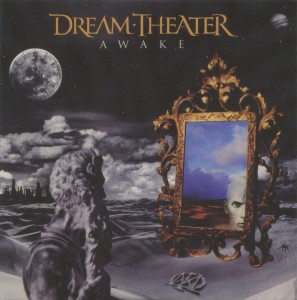
..:: audio-music dot info ::.. |
| A l b u m D e t a i l s |
 |
Label: | East-West Records |
| Released: | 1994.10.04 | |
| Time: |
74:56 |
|
| Category: | Progressive Rock | |
| Producer(s): | John Purdell, Duane Baron | |
| Rating: | ||
| Media type: | CD |
|
| Web address: | www.dreamtheater.net | |
| Appears with: | ||
| Purchase date: | 2016 | |
| Price in €: | 1,00 | |
| S o n g s , T r a c k s |
| A r t i s t s , P e r s o n n e l |
| C o m m e n t s , N o t e s |
In spite of the plentiful redeeming features on Awake, press reviews were generally subdued. It must of course be remembered that it was released just as the shoegazing, miserable purveyors of the fad known as grunge were taking hold. The British press in particular seemed dazzled by the work of Kurt Cobain and his cohorts, and anything that wasn't based around three chords or packed with lyrics championing depression as a lifestyle choice was in for a hard ride.
Rich Wilson, Lifting Shadows
| L y r i c s |
| M P 3 S a m p l e s |